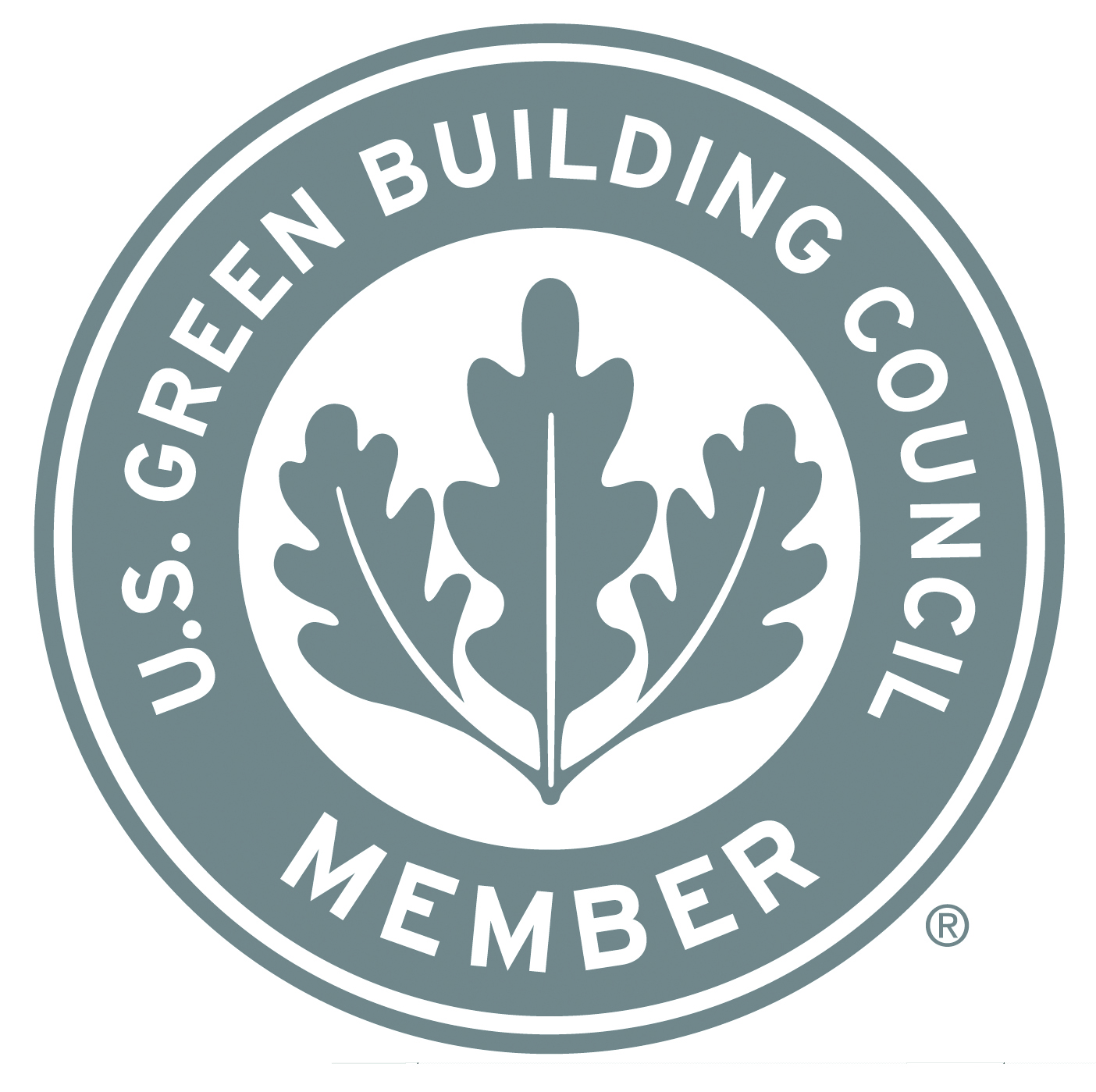The U.S. Green Building Council (USGBC) today announced the opening of the fifth public comment period for the proposed update to its LEED green building program. The comment period, which will close on Dec. 10, enables the building community to view the most recent draft of the rating systems and provide comments where any substantive changes have been made.
LEED v4 continues to push the envelope on energy efficiency, allocating nearly 20% of all points to optimizing energy performance over the stringent ASHRAE 90.1-2010, which would do more to help curb CO2 emissions than any LEED rating system in its 12 year history.
In addition to bringing green building solutions to more market sectors, including data centers, warehouses and distribution centers, hospitality, mid-rise residential, and existing schools and retail, the next version includes more options for projects outside of the U.S., making LEED the common language for sustainability around the globe.
The rating system has long championed innovation, and the LEED v4 draft further encourages innovative thinking and decision making about building materials and design. In this draft, using fewer, better materials will result in up to 9 LEED points, incentivizing product manufacturers that voluntarily report about their product makeup and those who reduce the negative impacts - from extraction of raw materials through the manufacturing process.
When fully launched in 2013, LEED v4 will offer an improved user experience that will make the certification review and documentation process more intuitive and efficient. The simplified reporting requirements will be thoroughly refined and tested by the LEED v4 beta testing group - the first crop of projects to pursue LEED V4 certification. The beta process enables project teams to engage with a pre-ballot version of LEED v4 with guided support from USGBC.
USGBC's Greenbuild International Conference and Expo, taking place Nov. 14-16 in San Francisco, Calif., will give users an additional opportunity to explore LEED v4, including the new technical content and credit language, while learning about the streamlined documentation requirements and submittal forms and the dynamic, mobile education resources being developed.
LEED v4 drafts and the public comment tool are now available on the newly re-launched, re-envisioned USGBC.org website, a platform that engages the green building community and supports an entire ecosystem of websites and apps. The new USGBC.org gives everyone the opportunity to build a rich history of involvement in the green building movement.
In an effort to provide the marketplace a view of the full LEED program experience prior to ballot, USGBC announced an expanded timeline for LEED v4 and committed to a fifth public comment period. Fifth public comment will run until Dec. 10. Ballot period is expected to open June 1, 2013.
Approximately 35 credits are included in the draft open for public comment, and have been revised in response to feedback from previous public comment periods to further improve clarity, increase flexibility and options for project teams, and removing unsuitable requirements from previous drafts.
To view the drafts of LEED v4 visit www.usgbc.org/leedv4. +
Related Stories
| Nov 5, 2013
Oakland University’s Human Health Building first LEED Platinum university building in Michigan [slideshow]
Built on the former site of a parking lot and an untended natural wetland, the 160,260-sf, five-story, terra cotta-clad building features some of the industry’s most innovative, energy-efficient building systems and advanced sustainable design features.
| Nov 4, 2013
Architecture and engineering industry outlook remains positive on all major indicators
While still below pre-recession levels, all of the key indicators in the latest Quarterly Market Forecast (QMF) report from PSMJ Resources remain in positive territory.
| Nov 1, 2013
CBRE Group enhances healthcare platform with acquisition of KLMK Group
CBRE Group, Inc. (NYSE:CBG) today announced that it has acquired KLMK Group, a leading provider of facility consulting, project advisory and facility activation solutions to the healthcare industry.
| Oct 31, 2013
74 years later, Frank Lloyd Wright structure built at Florida Southern College
The Lakeland, Fla., college adds to its collection of FLW buildings with the completion of the Usonian house, designed by the famed architect in 1939, but never built—until now.
| Oct 31, 2013
CBRE's bold experiment: 200-person office with no assigned desks [slideshow]
In an effort to reduce rent costs, real estate brokerage firm CBRE created its first completely "untethered" office in Los Angeles, where assigned desks and offices are replaced with flexible workspaces.
| Oct 30, 2013
15 stellar historic preservation, adaptive reuse, and renovation projects
The winners of the 2013 Reconstruction Awards showcase the best work of distinguished Building Teams, encompassing historic preservation, adaptive reuse, and renovations and additions.
| Oct 30, 2013
11 hot BIM/VDC topics for 2013
If you like to geek out on building information modeling and virtual design and construction, you should enjoy this overview of the top BIM/VDC topics.
| Oct 29, 2013
Increased backlogs, margins lead to renewed optimism in global construction
After prolonged economic uncertainty, a majority of executives in the global engineering and construction sector have fresh confidence in the growth prospects for the industry, according to KPMG International's 2013 Global Construction Survey. A general increase in backlogs and margins is giving cause for optimism across the industry, with further growth anticipated.
| Oct 29, 2013
BIG opens subterranean Danish National Maritime Museum [slideshow]
BIG (Bjarke Ingels Group) has completed the Danish National Maritime Museum in Helsingør. By marrying the crucial historic elements with an innovative concept of galleries and way-finding, BIG’s renovation scheme reflects Denmark's historical and contemporary role as one of the world's leading maritime nations.
| Oct 28, 2013
Urban growth doesn’t have to destroy nature—it can work with it
Our collective desire to live in cities has never been stronger. According to the World Health Organization, 60% of the world’s population will live in a city by 2030. As urban populations swell, what people demand from their cities is evolving.

















